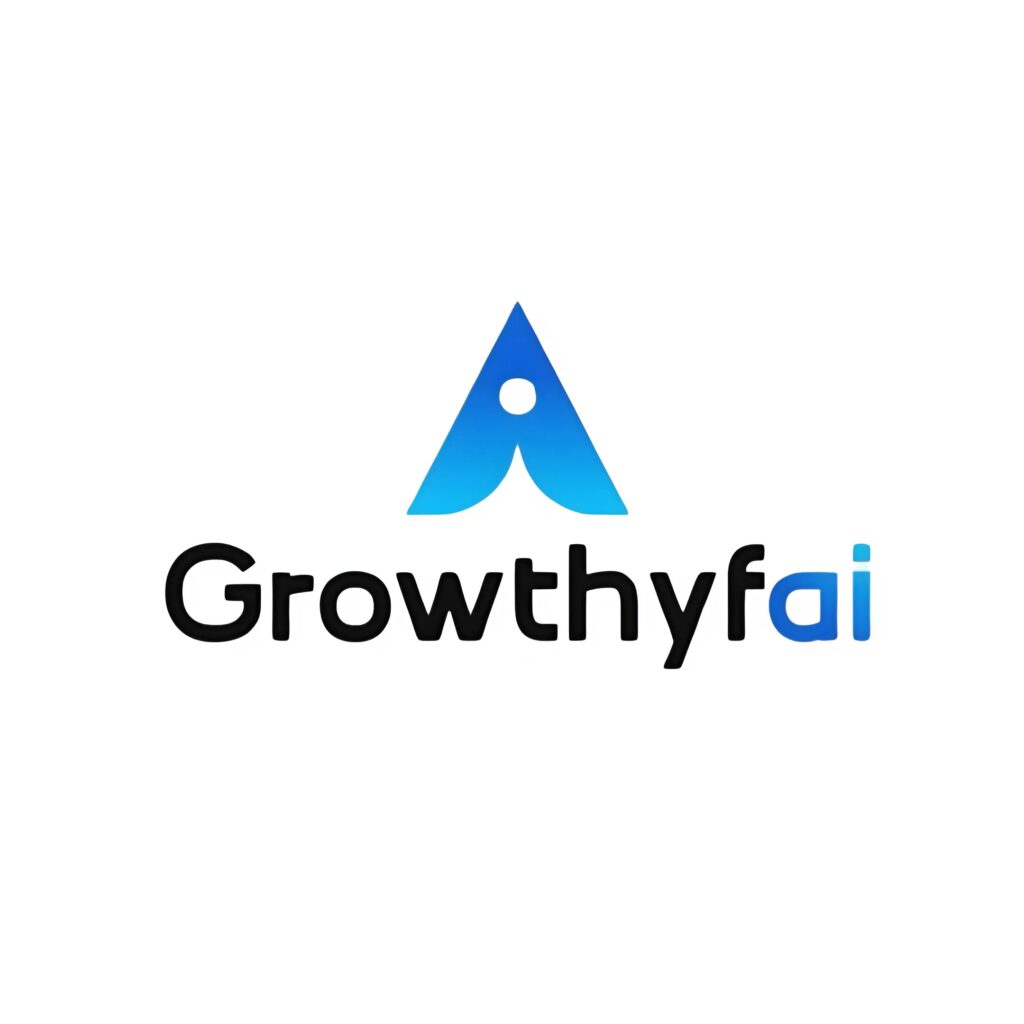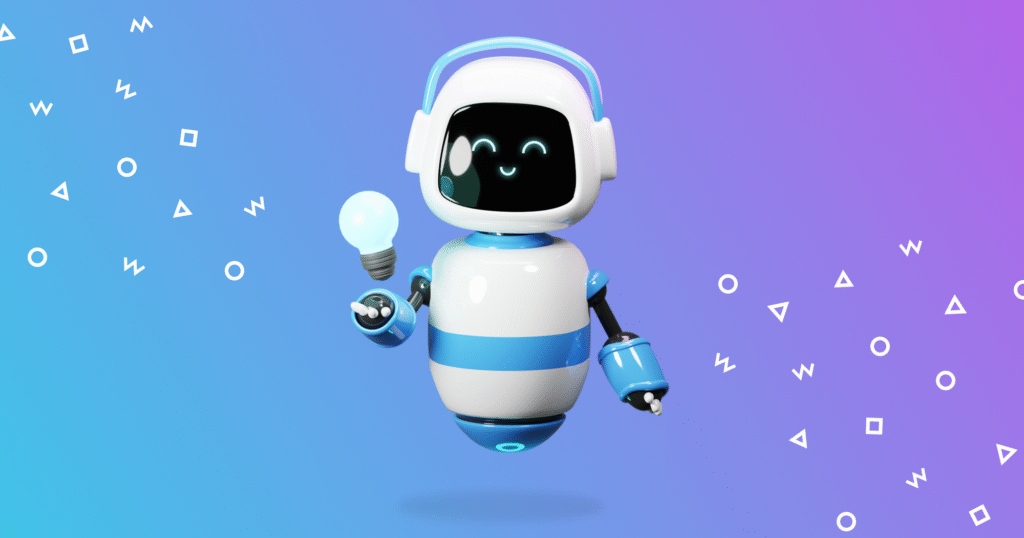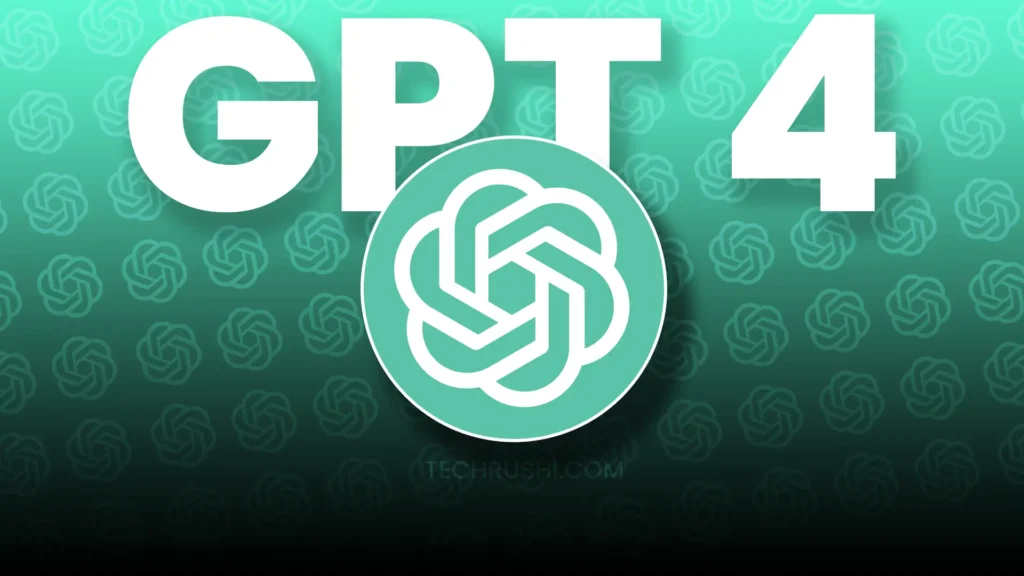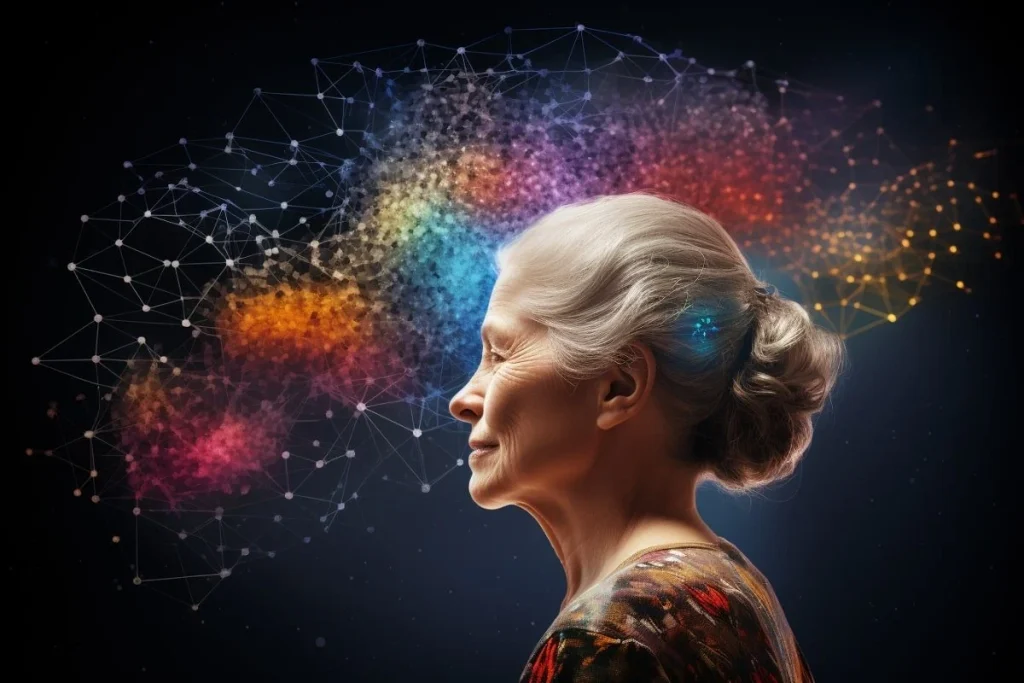AI’s Role in Revitalizing Endangered Languages
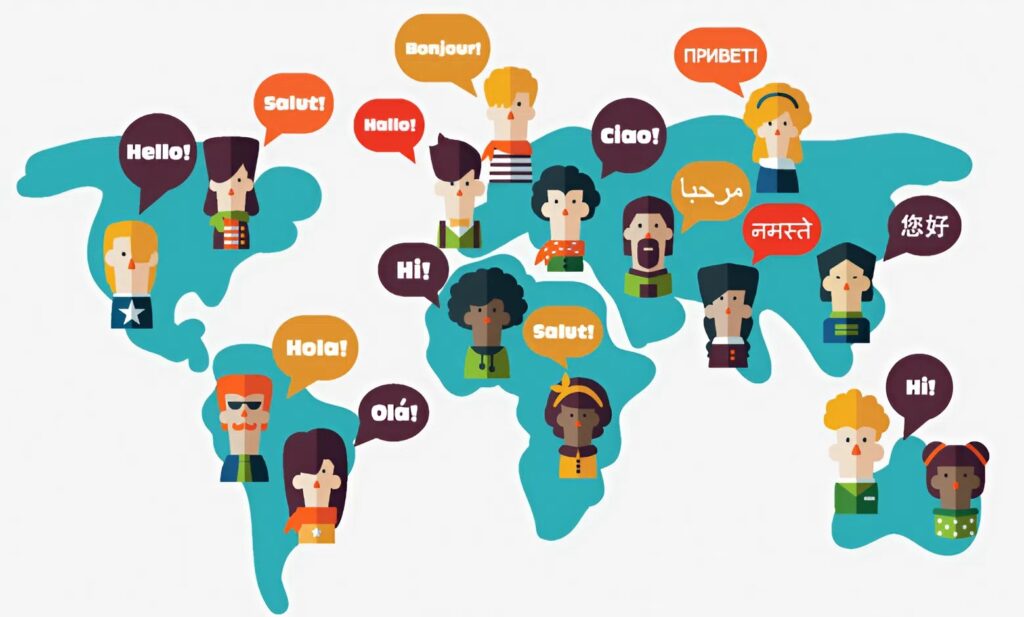
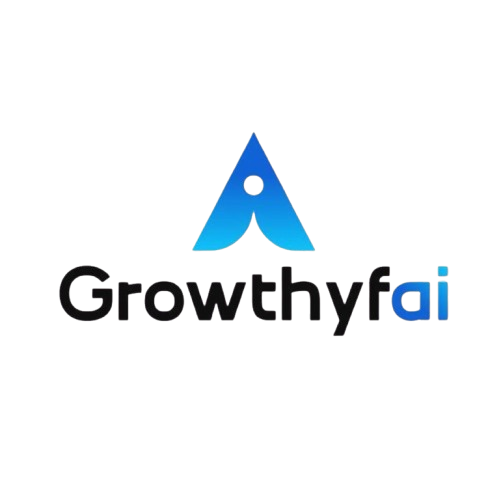
With the relentless march of technology, artificial intelligence (AI) stands at the forefront of numerous groundbreaking applications. One of its promising roles is in the realm of linguistics, particularly in aiding the revitalization of endangered languages. In an era where over 40% of the world’s 7,000 languages are at risk of disappearing, AI’s intervention is not just beneficial but crucial.
—
The Urgency of Language Preservation
Languages play an essential role in shaping cultures, identities, and histories. The loss of a language translates to the disappearance of rich traditions, knowledge, and often the erasure of ethnic identity. UNESCO reports that one language vanishes approximately every two weeks. The statistics are alarming yet highlight the urgency of preserving linguistic diversity. This is where AI comes into the equation, offering tools and techniques to revive and support at-risk languages.
—
Speech Recognition and Natural Language Processing
AI leverages speech recognition and natural language processing (NLP) to document and analyze languages effectively. Traditional methods of language documentation involved intensive, manual efforts of transcribing and analyzing audio recordings. AI can streamline this process, ensuring speed and accuracy.
Consider the Cherokee language, which benefitted from Google’s AI initiatives. Through advanced NLP, AI systems can learn from available linguistic data to recognize speech patterns and syntax, thus facilitating language learning tools and aiding speakers in using their native language profusely and fluently.
—
Machine Translation and AI Models
Machine translation has progressed significantly with AI’s involvement, pushing past limitations that once plagued traditional translation efforts. Modern algorithms, driven by AI, can create more accurate translations even for less commonly spoken languages. An example is the Maori language in New Zealand, which has seen integration into various Google services, enabling users to interact with technology in their native tongue.
AI models can now be trained faster, using smaller datasets. These models intuitively learn linguistic nuances, phonetics, and contextual usage. This technology enables students and speakers worldwide to learn and practice endangered languages with unprecedented ease and accessibility.
—
AI-Powered Language Learning Apps
Heartening developments have surfaced through AI-powered smartphone applications aimed at language learning. Apps like Duolingo have expanded their offerings to include courses in endangered languages. These applications use AI to adapt lessons to individuals’ learning paces, ensuring a personalized educational journey.
The Scottish Gaelic course on Duolingo opened doors for individuals seeking to reconnect with their ancestral language, illustrating how expansive and impactful AI-driven platforms can be. By facilitating practice and exposure, such applications contribute vitally to the active usage of endangered languages.
—
Creating Digital Resources and Content
AI is instrumental in generating and promoting digital content in endangered languages. Creating comprehensive lexicons, online courses, e-books, and multimedia resources becomes feasible with AI technology. By translating and crafting engaging content, AI aids in normalizing these languages in digital spaces.
Wikitongues, a non-profit organization, makes extensive use of AI to archive and share oral histories worldwide. Their platform, reliant on AI-powered data management, ensures easily accessible linguistic resources for various languages, safeguarding them for future research and education.
—
Community Engagement and Collaboration
AI also fosters community collaboration for language preservation. AI-driven platforms empower native speakers to share their knowledge and contribute to expanding linguistic databases. These platforms encourage crowdsourcing efforts, allowing individuals to provide insights and corrections that AI might overlook, thus refining the technology’s effectiveness.
For instance, the Open Language Archives Community (OLAC) actively engages native speakers and linguists in building robust language archives, offering tools developed with AI technology to streamline and simplify collaborative site development.
—
Challenges and Ethical Considerations
Despite AI’s potential, there are challenges and ethical considerations to address. The risk of AI systems introducing errors or biases remains, emphasizing the need for continuous refinement and human oversight. Furthermore, permissions and rights to use cultural and linguistic data must be respected, with community involvement prioritized throughout the preservation process.
Data security and privacy concerning how AI handles language data pose additional concerns. Collaborative efforts between technologists and native communities are vital to establishing transparent guidelines that protect cultural integrity alongside technological advancements.
—
Conclusion
The revitalization of endangered languages via AI is more than a technological endeavor; it is a celebration of cultural diversity and richness. AI brings transformative potential to language preservation, making languages once at the brink of oblivion accessible and learnable in today’s digital age. By effectively integrating AI into linguistic preservation efforts, we can ensure that the words, stories, and wisdom contained within endangered languages continue to thrive and inspire future generations. Ultimately, AI is not just a tool but a partner in the journey to safeguard humanity’s linguistic heritage.


